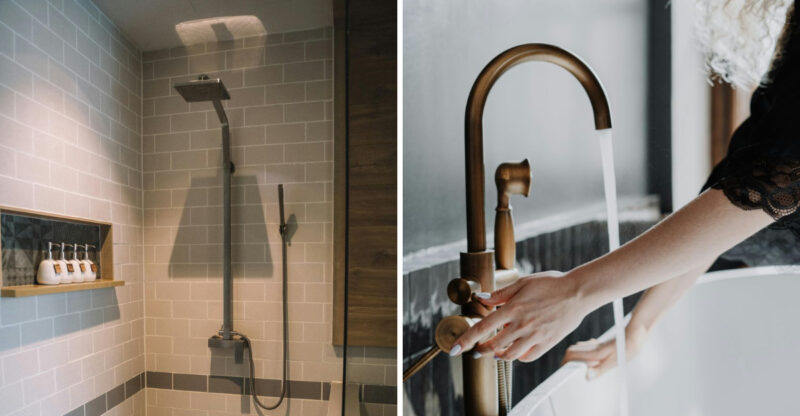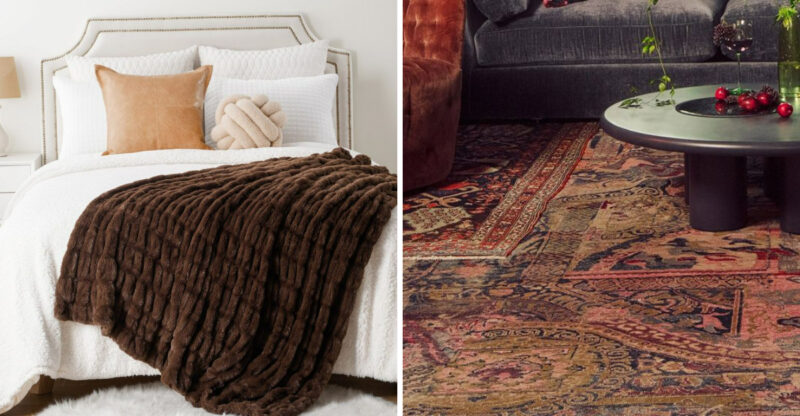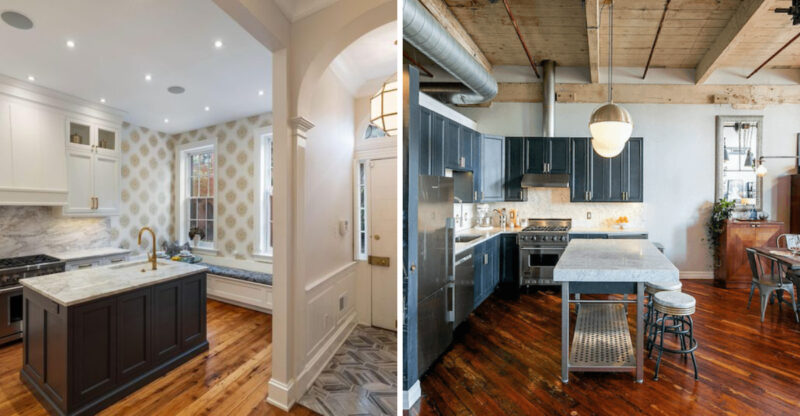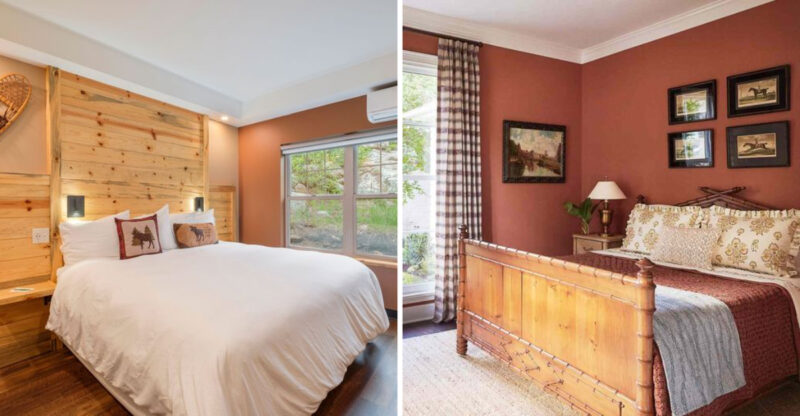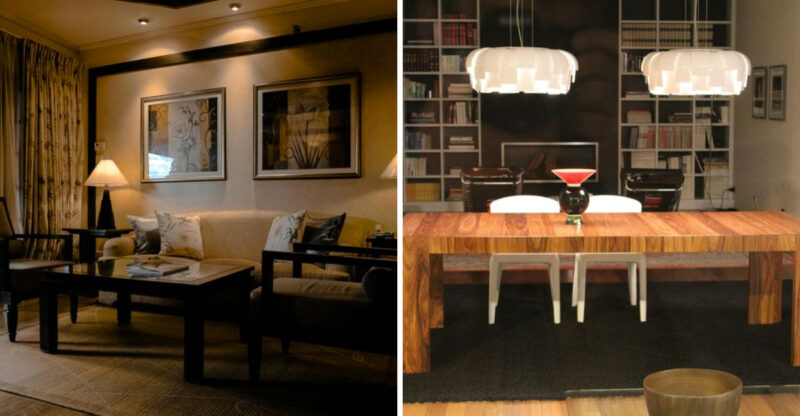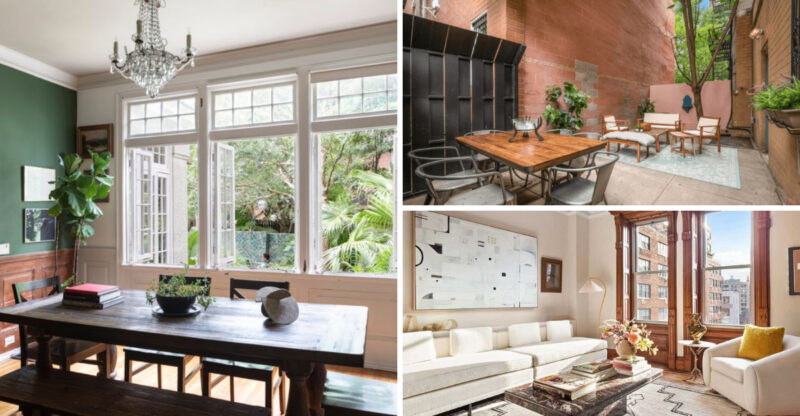Living Room Color Schemes That Might Be Less Effective
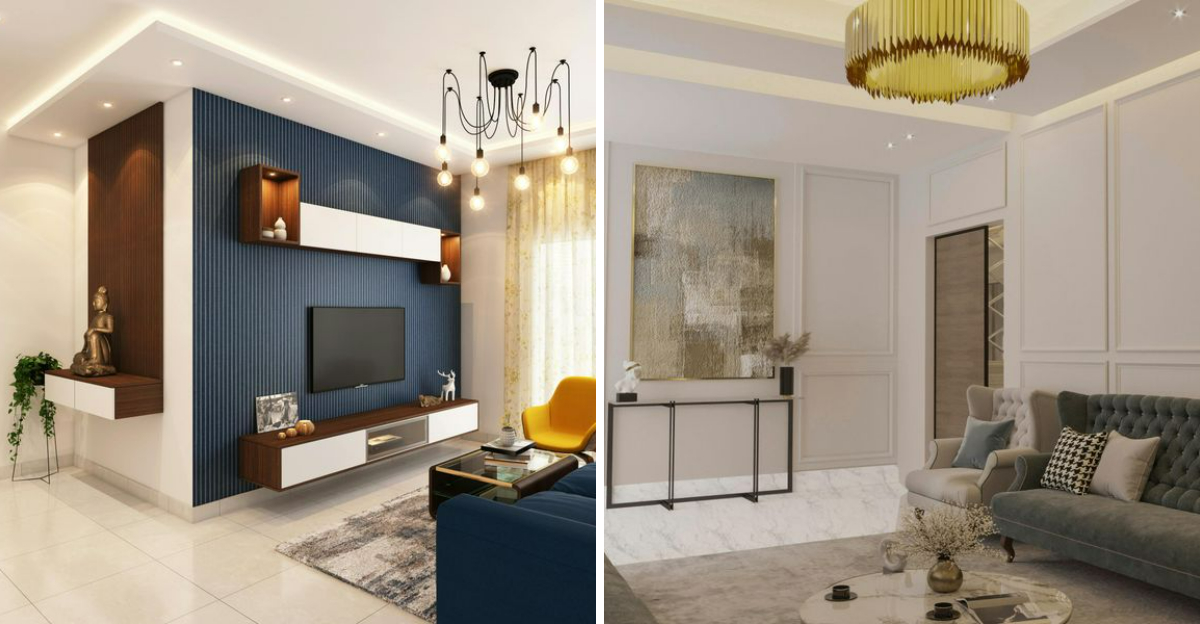
Picking the right colors for your living room can significantly influence how your home feels. Some combinations create a sense of harmony and comfort, while others may make the space feel off or less inviting. Before you dive into paint samples and brushes, it helps to know which color schemes could work against creating a cozy, welcoming atmosphere.
The suggestions in this article are general guidance, results may vary depending on lighting, room layout, and personal preferences.
1. All-White Everything
The pristine look of an all-white living room might seem appealing in magazines, but reality tells a different story. White-on-white schemes show every speck of dirt and often create a clinical, sterile feeling rather than warmth.
Maintaining this look requires constant cleaning, especially in homes with children or pets. The harsh brightness can also create eye strain during long periods and make the room feel cold rather than inviting.
2. Neon Color Overload
Bright neon colors pack a powerful visual punch that quickly becomes overwhelming in living spaces. Your brain actually processes these intense hues as alerts, making true relaxation nearly impossible when surrounded by them.
Neon greens, pinks, and yellows create visual fatigue after extended exposure. While small pops of neon can energize a room, using them as primary colors often leads to a space that feels more like a teenage arcade than a comfortable adult living area.
3. Dark Brown and Beige Combination
Remember those 1970s living rooms with chocolate brown sofas against beige walls? There’s a reason this combination has fallen out of favor. This pairing often creates a muddy, dated appearance that can make even spacious rooms feel cramped and gloomy.
The lack of contrast between these similar-toned neutrals fails to create visual interest. Without brighter accent colors to break up the monotony, rooms decorated in this scheme tend to absorb light rather than reflect it, resulting in a perpetually dim atmosphere.
4. Clashing Primary Colors
Primary colors (red, blue, and yellow) in equal amounts create visual competition that leaves your eyes darting around the room with nowhere to rest. Unlike the balanced feel of well-planned color schemes, this combination often feels childish or chaotic.
The bold contrast between these colors can create tension rather than harmony. Think of a living room with bright red walls, blue furniture, and yellow accents – it resembles a preschool classroom more than a sophisticated adult space where you’d want to unwind after a long day.
5. Gray-on-Gray Monotony
Gray gained massive popularity in recent years, but an all-gray living room often feels corporate and lifeless. Without warmer tones to balance the coolness, these monochromatic spaces can actually affect mood and energy levels negatively.
Studies suggest that prolonged exposure to gray environments may contribute to feelings of detachment or mild depression in some people. The lack of color variation fails to stimulate the brain in positive ways, creating an environment that feels more like an office waiting room than a personal sanctuary.

